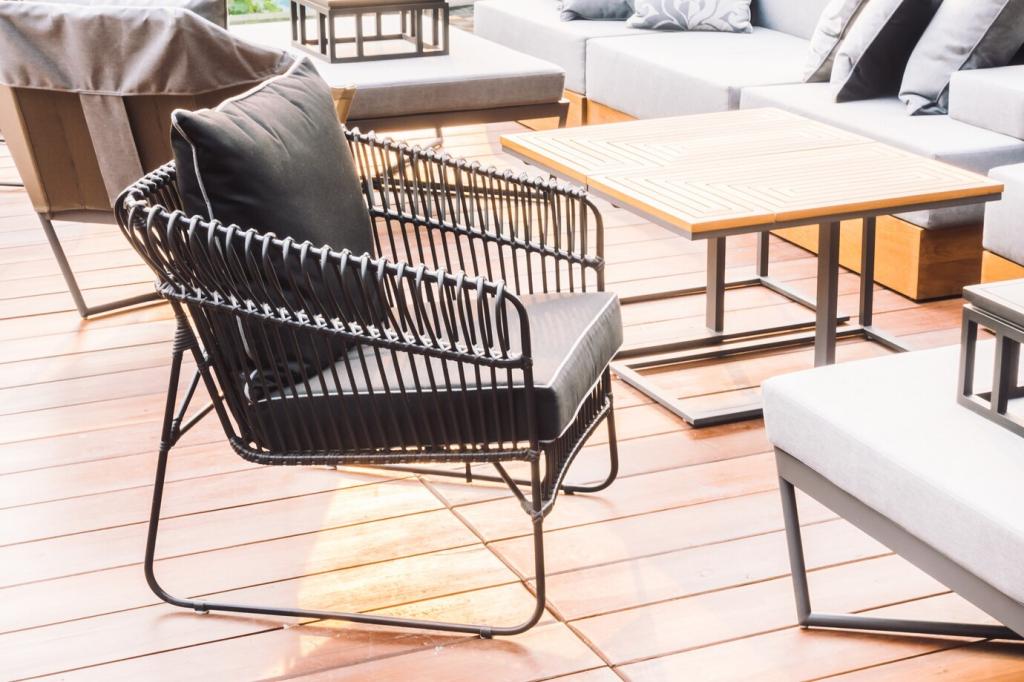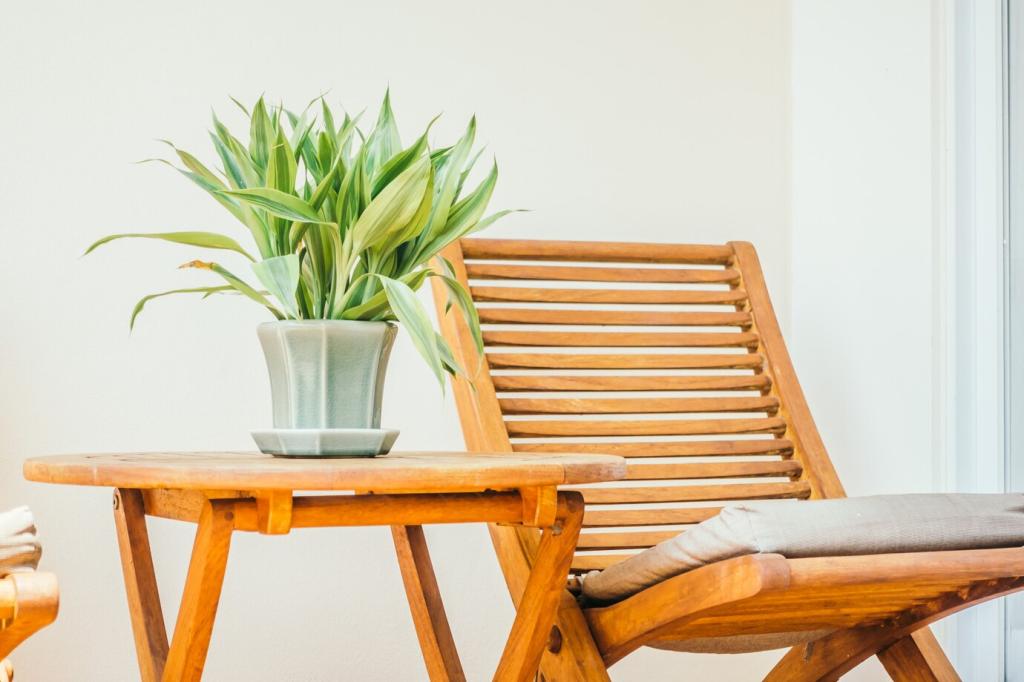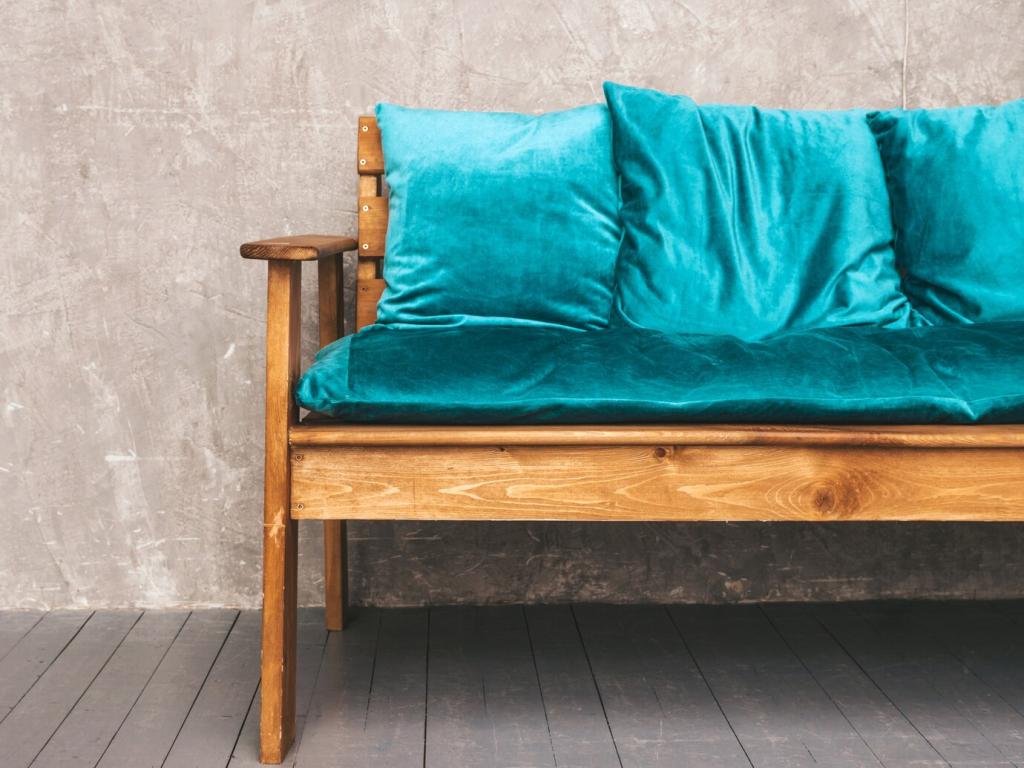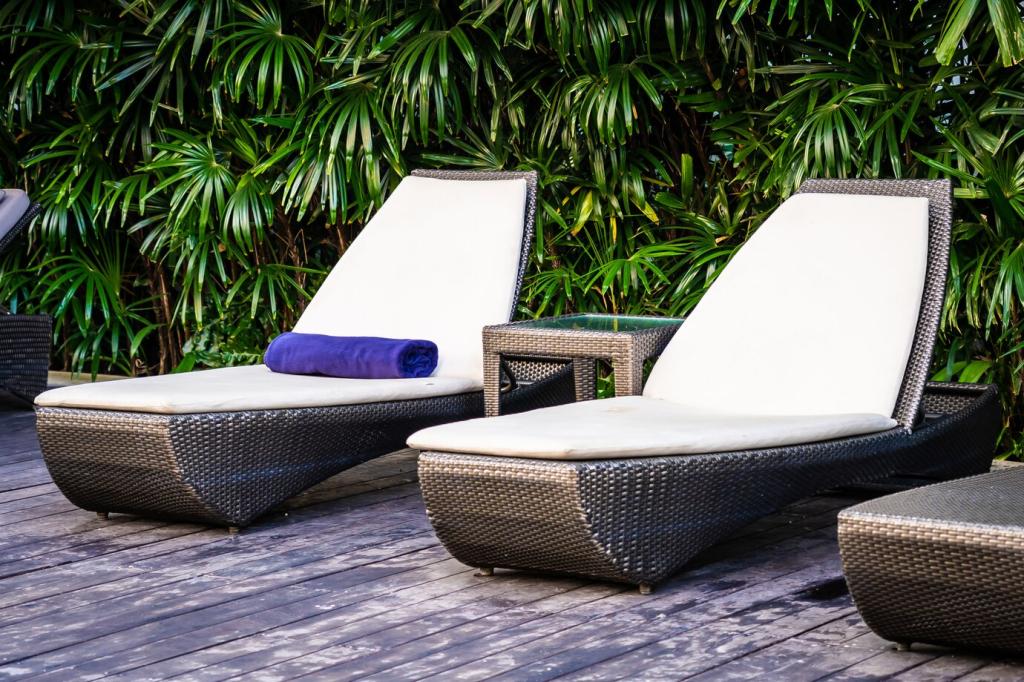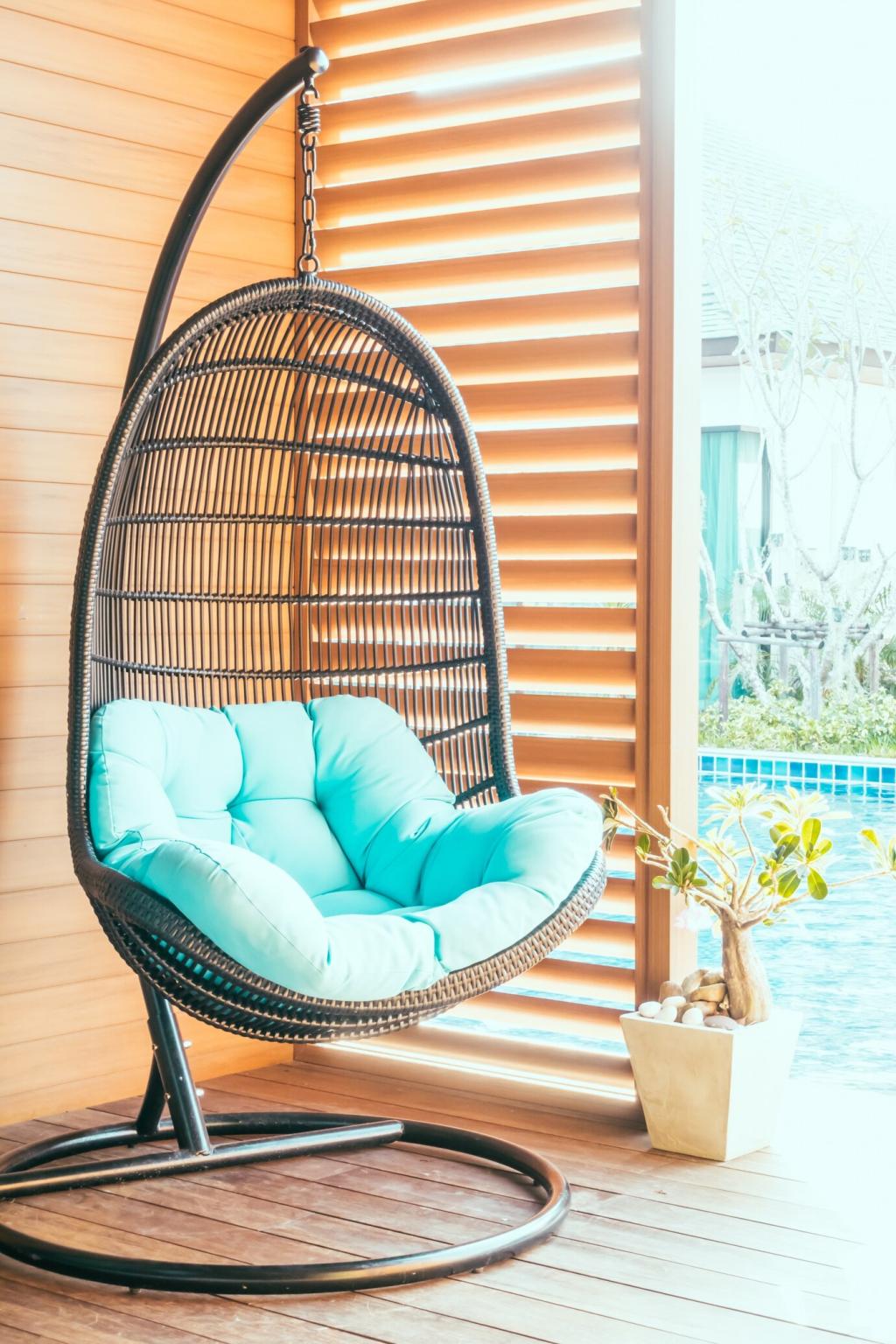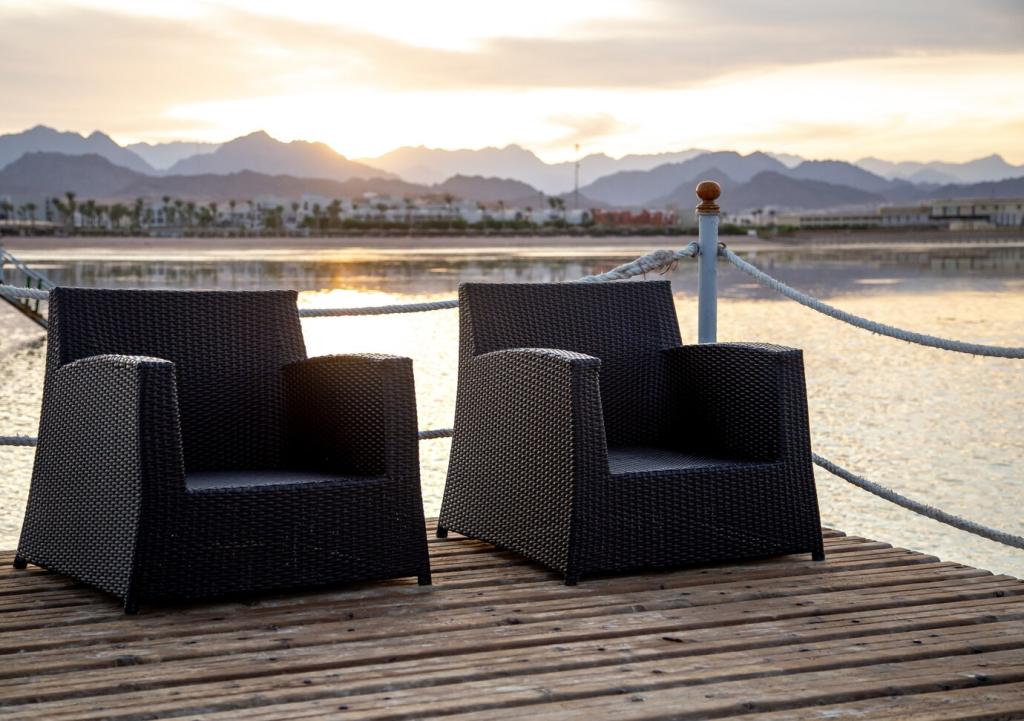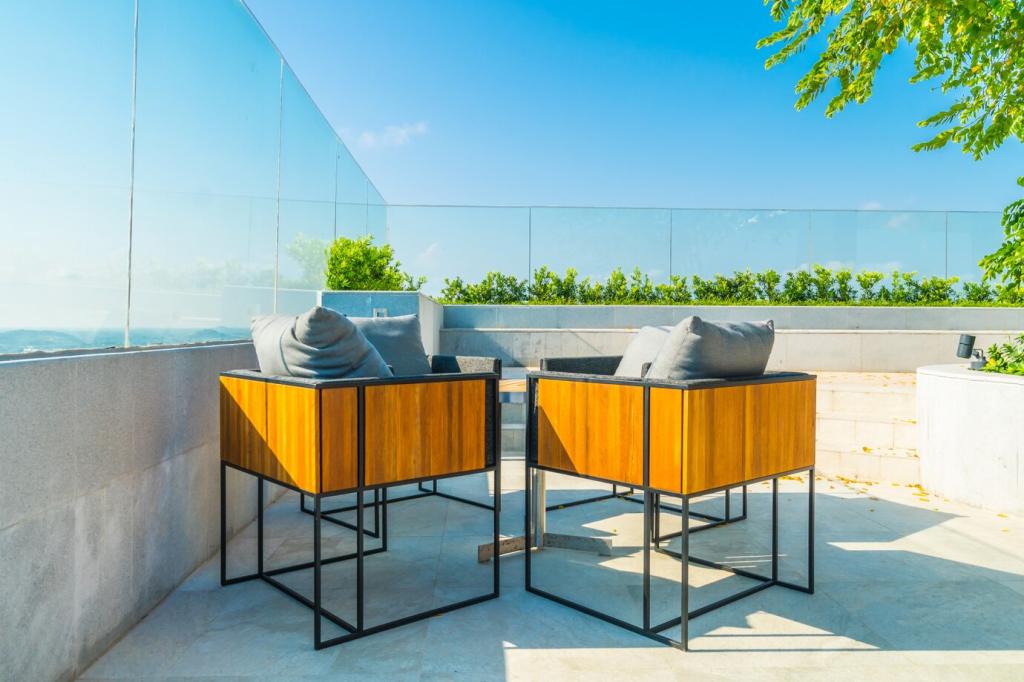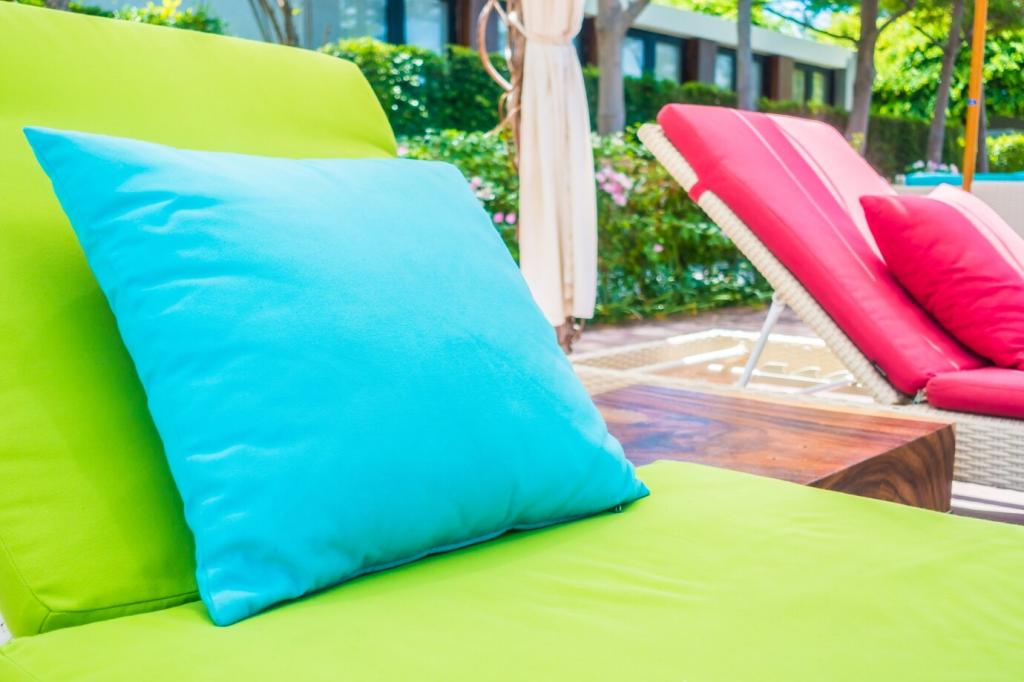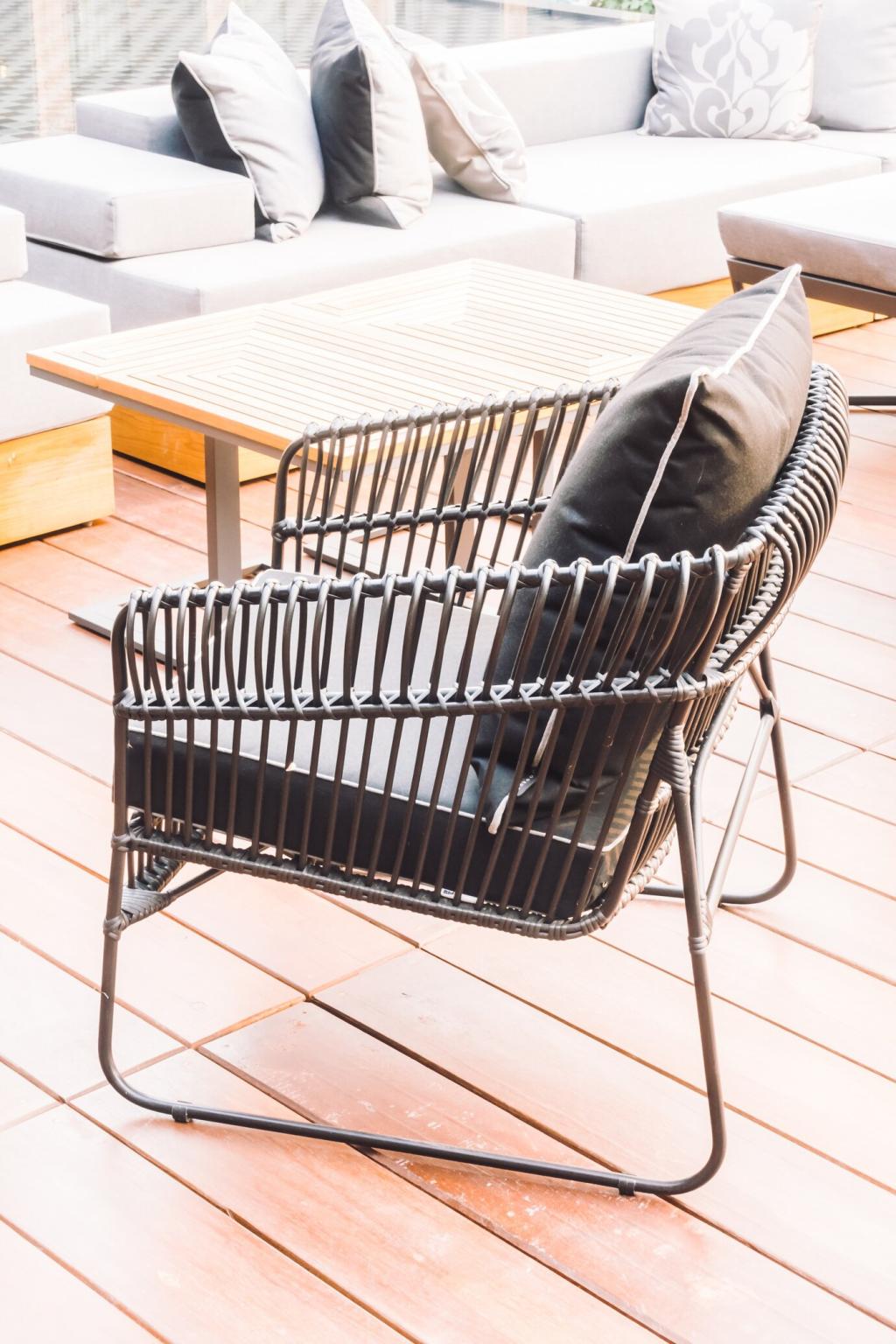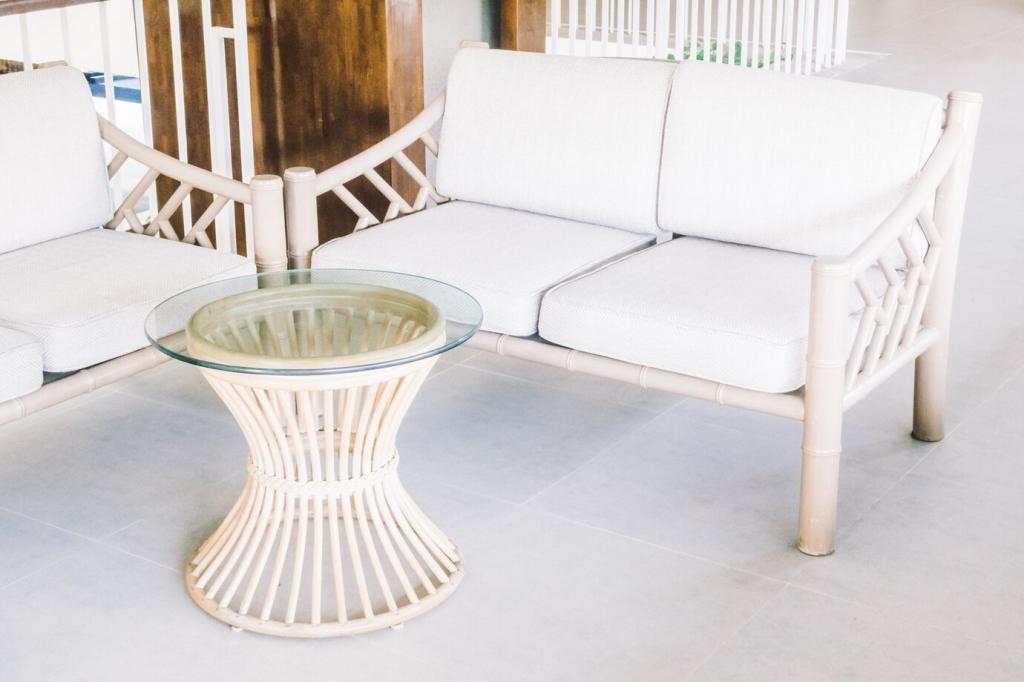Preparation Is Protection
Wash away dirt, pollen, and mildew with a gentle cleaner; avoid gouging with aggressive pressure. Brighten gray, tannin-stained wood using an oxalic solution, then rinse thoroughly. Sand to a uniform scratch pattern—often 80–120 grit outdoors—and seal end grain to slow water uptake. Cleanliness equals adhesion and even absorption.
Preparation Is Protection
Coating over wet wood traps water and invites failure. Aim for moisture content below roughly fifteen percent, and avoid days when dew forms early. Work in shade where possible; hot boards can flash-dry finishes. If rain is coming, postpone. Patience now prevents blushing, bubbles, and blotchy sheen later.

